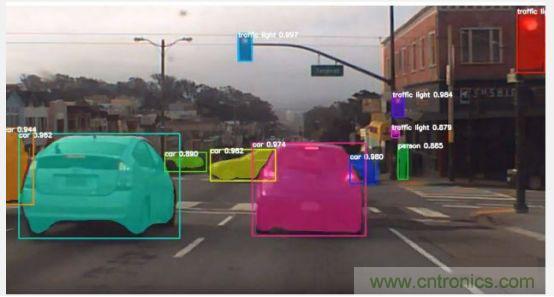
The Funded Trader Profit Split Percentage – How It Shapes Your Prop Trading Journey
“Trade like it’s your money, keep profits like it’s your paycheck.” – That’s the spirit behind The Funded Trader’s profit split model.
For anyone eyeing the prop trading world, the phrase profit split percentage isn’t just some technical term—it’s the number that defines how much of your hard-earned gains you actually keep. In an industry where capital often comes from someone else’s pocket, a favorable split can be the difference between building a sustainable trading career and feeling like you’re stuck working for commissions.
The Funded Trader has made waves by offering one of the most generous profit splits in the game, pushing traders toward thinking bigger, trading smarter, and actually seeing the reward for their skills. It’s not just about forex charts or crypto candle patterns; it’s about how the business side of trading empowers the person behind the screen.
Understanding the Profit Split Percentage
In simple terms, the profit split percentage is the part of your net profits you get to keep after trading on the firm’s capital. Many prop firms hover around 70–80%, but The Funded Trader has been known to crank that up to more competitive numbers, sometimes hitting 90% for top performers.
Why does this matter so much? Let’s say you’re trading $200K of funded capital. Your monthly gain might be $10K. At an 80% split, you’re taking home $8K—at 90%, that’s $9K. Over a year, that difference can mean the down payment on a house, or enough cushion to quit the side gig and go full-time.
The Real-Life Function Behind the Numbers
That split doesn’t just affect your bank account—it changes your mindset. When traders know they’ll keep a high percentage, they tend to:
- Tighten risk management because every saved dollar is their own.
- Take more calculated trades instead of chasing volume to impress the funding firm.
- Diversify into multiple asset classes—forex, stocks, crypto, indices, commodities—because you’re thinking like an investor, not just a contractor.
It’s a subtle psychological shift: you stop “proving yourself” and start “moving yourself forward.”
Advantages Compared to Traditional Trading Models
Trading your own small account means your returns are limited by your capital. Funding gives you scale—but many firms skim larger portions of your profits. A higher split like The Funded Trader’s is essentially your shortcut to the best parts of owning a big account without bearing the losses alone.
- Forex – The high liquidity makes compounding profits faster. A generous split means faster personal growth.
- Stocks & Indices – More capital allows for swing positions without tying up all your margin.
- Crypto – Volatility works in your favor when your upside isn’t heavily taxed away by the firm.
- Options & Commodities – Strategic leverage becomes less stressful when your cut makes the risk more worth it.
Industry Outlook
Prop trading used to be an insider game—brick-and-mortar firms, suits, phone calls. Now it’s global, decentralized, and agile. With DeFi spreading into mainstream finance, traders are getting exposure to peer-to-peer liquidity pools, tokenized assets, and 24/7 markets. That also means more competition, thinner margins, and the need for sharper strategies.
Looking ahead, two trends are poised to reshape both prop firms and profit splits:
- Smart contract executed trades – Eliminating intermediaries and cutting fees could push splits even higher.
- AI-driven strategy models – Firms may reward traders who integrate machine learning signals with traditional analysis.
Navigating Challenges
Decentralized markets introduce regulatory uncertainty and tech hurdles. Delays in settlement, unexpected volatility spikes, and liquidity traps all become part of the day-to-day picture. A high profit split is attractive, but it only matters if your technical skill and adaptability keep you profitable in unpredictable conditions.
The Takeaway
The Funded Trader’s profit split percentage isn’t just a stat sheet number—it’s part of a bigger shift where traders are treated less like employees renting capital, and more like partners sharing in the reward. In an era where markets are crossing borders, asset classes, and time zones, this kind of split can fund not just your account, but your future.
“Your skills. Their capital. Your profits.” That’s the core promise—and it’s a good time to make sure you’re on the right side of the split.